Table of contents
Browse categories
Browse authors
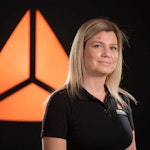 AL
ALAlessia Longo
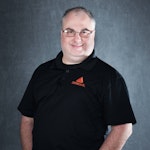 AH
AHAl Hoge
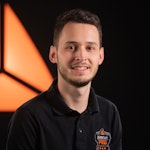 AB
ABAljaž Blažun
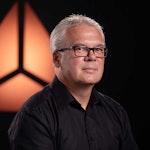 BJ
BJBernard Jerman
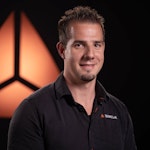 BČ
BČBojan Čontala
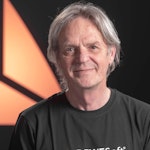 CF
CFCarsten Frederiksen
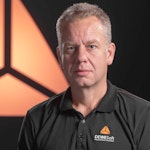 CS
CSCarsten Stjernfelt
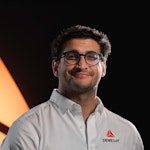 DC
DCDaniel Colmenares
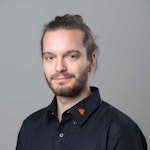 DF
DFDino Florjančič
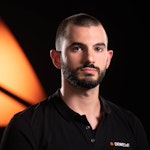 EB
EBEmanuele Burgognoni
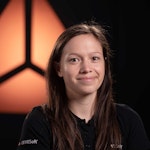 EK
EKEva Kalšek
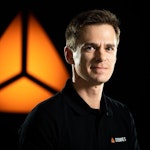 FB
FBFranck Beranger
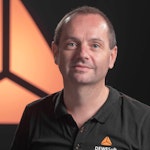 GR
GRGabriele Ribichini
Glacier Chen
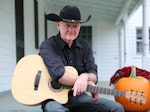 GS
GSGrant Maloy Smith
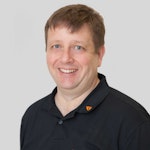 HB
HBHelmut Behmüller
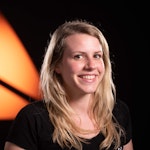 IB
IBIza Burnik
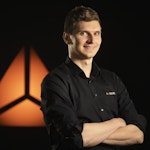 JO
JOJaka Ogorevc
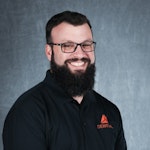 JR
JRJake Rosenthal
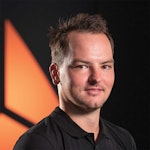 JS
JSJernej Sirk
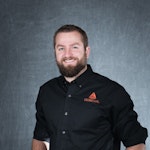 JM
JMJohn Miller
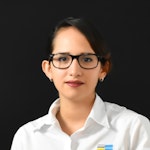 KM
KMKarla Yera Morales
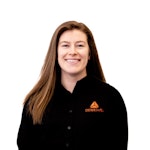 KD
KDKayla Day
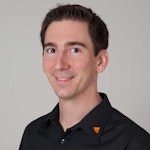 KS
KSKonrad Schweiger
Leslie Wang
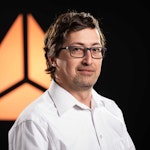 LS
LSLoïc Siret
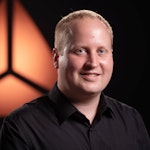 LJ
LJLuka Jerman
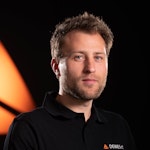 MB
MBMarco Behmer
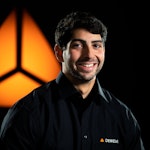 MR
MRMarco Ribichini
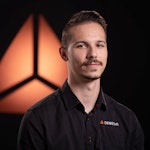 ML
MLMatic Lebar
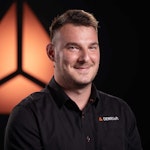 MS
MSMatjaž Strniša
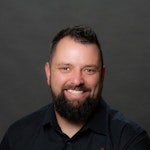 ME
MEMatthew Engquist
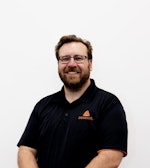 ME
MEMichael Elmerick
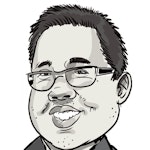 NP
NPNicolas Phan
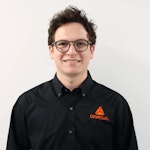 OM
OMOwen Maginity
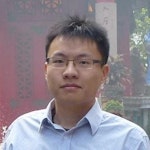 PF
PFPatrick Fu
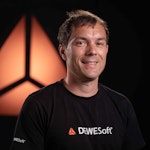 PR
PRPrimož Rome
 RM
RMRok Mesar
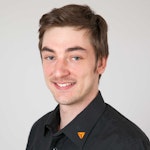 RS
RSRupert Schwarz
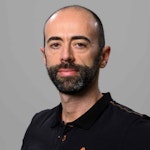 SA
SASamuele Ardizio
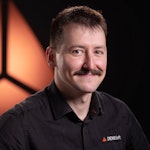 SK
SKSimon Kodrič
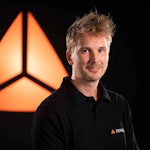 SG
SGSøren Linnet Gjelstrup
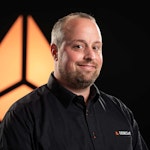 TH
THThorsten Hartleb
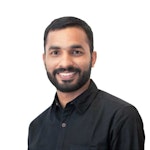 TV
TVTirin Varghese
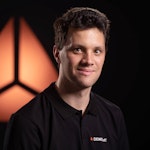 UK
UKUrban Kuhar
Valentino Pagliara
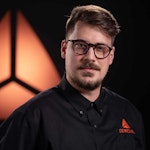 VS
VSVid Selič
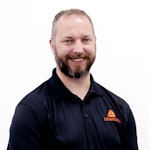 WK
WKWill Kooiker
You can’t plot every result on a graph! The Dewesoft Summer Camp 2025
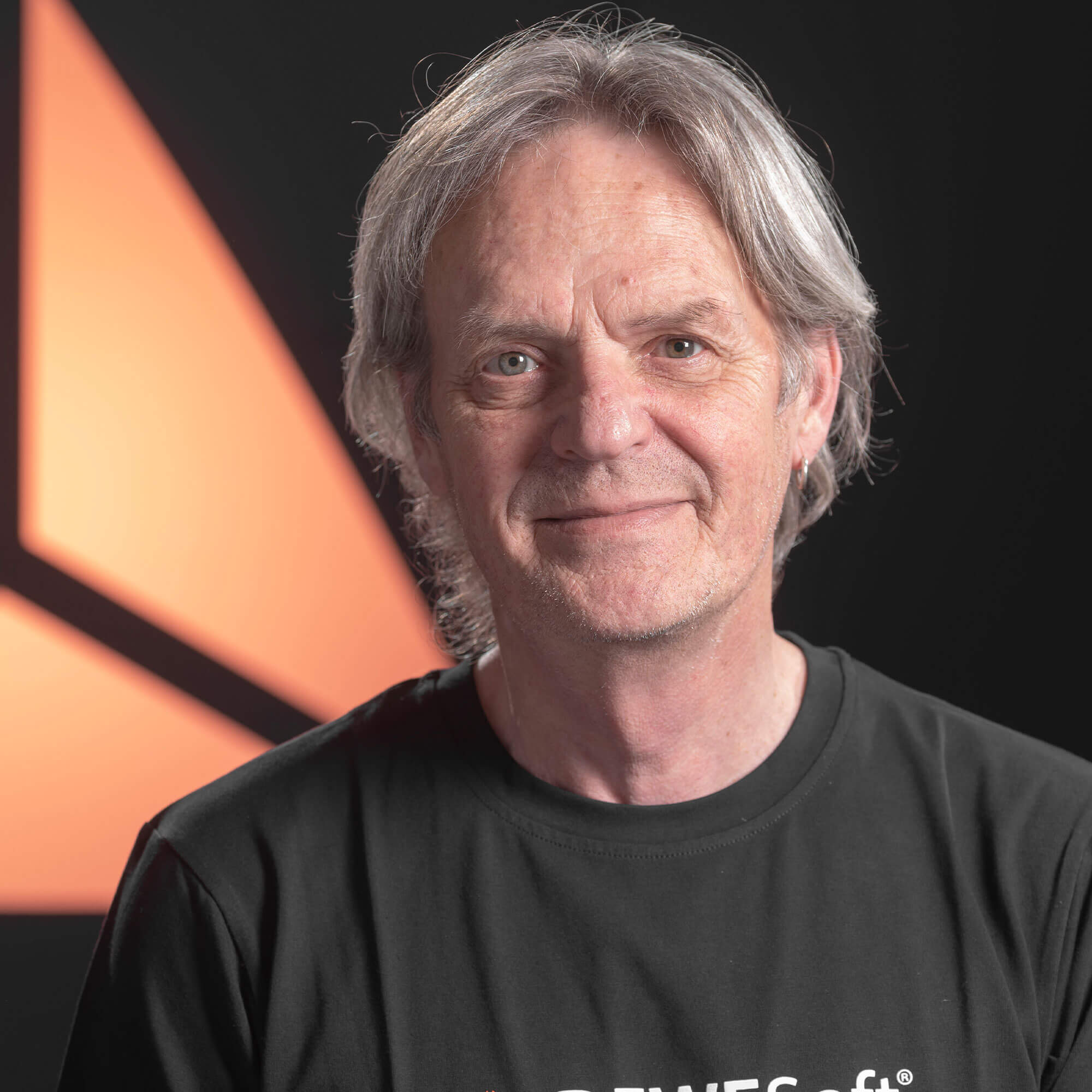
October 8, 2025
Take 45 bright and energetic students of nine European nationalities, split these into five teams, add six aging Mini Coopers, a dirt track, and four or five handfuls of lecturers and mentors. Garnish with some black and orange challenges, and let it all boil for five days. Voila, you have an intense learning experience of stressful teamwork and brain-buzzing problem-solving, spiced with sweat, dust, and a lot of fun. A summer camp experience that pushes students to their limits.
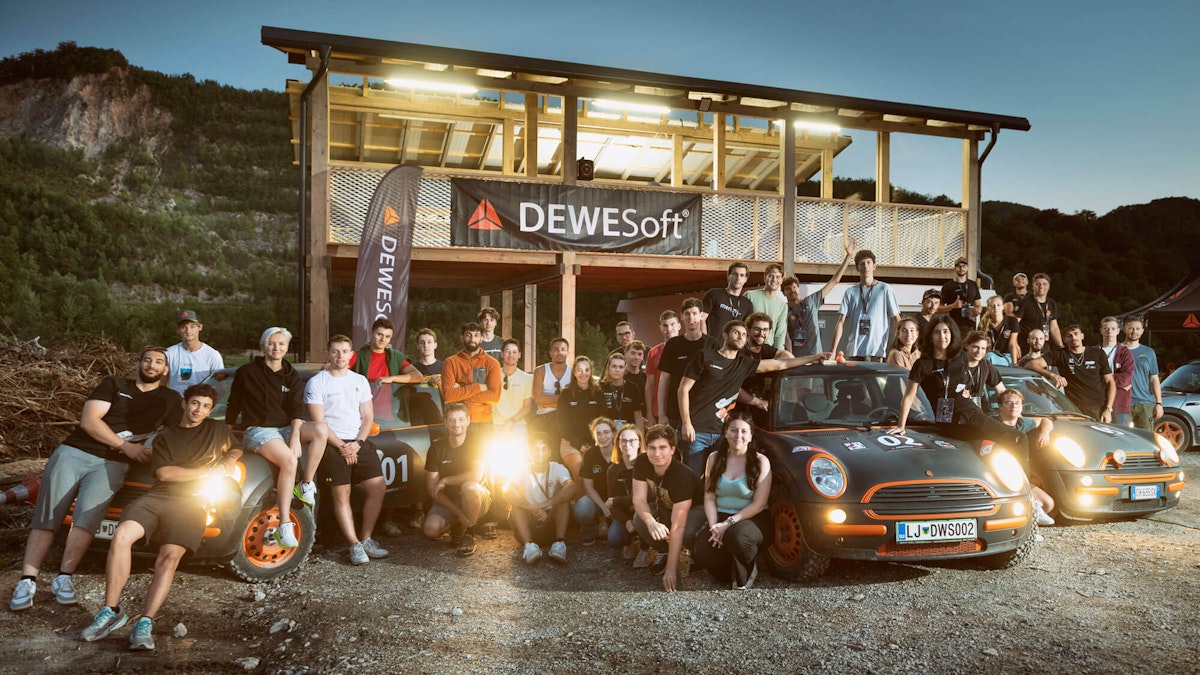
The goal of the Dewesoft Summer Camp 2025 was simple yet powerful: to transfer knowledge, spark curiosity, and inspire the next generation of engineers, while fostering friendships, teamwork skills, and confidence. And, of course, learning should always include fun to make it unforgettable.
On Sunday, August 3, Dewesoft launched its week-long 2025 summer camp at the Rimske Terme Hotel, near Trbovlje in Slovenia. During the camp, this business, wellness, and spa facility, which features thermal pools and astonishing mountain views, accommodated all students and international mentors.
In front of the hotel, six Cooper Minis dressed in Dewesoft colors lined up. Inside the hotel, the participants received an introduction to the upcoming events. Dewesoft president, Dr. Jure Knez, promised an intense week of hands-on engineering, featuring real-world field experiences, expert training, and mentorship.
“Welcome to the Dewesoft Republic,” said the president, “a game of infinite possibilities and tricky challenges, requiring strong teamwork.” To play the game, the teams should:
Buy a Mini, car parts, and measurement equipment
Perform all the Test & Measurement challenges
Make sound business decisions
Promote your team to win the hearts of the fans
The 45 students were divided into five teams, all a mix of nationalities and academic levels. The teams elected team leads and drew to pick their mentor team for the week, each a group of three Dewesoft specialists.
The game packed plenty of challenges. All in all, to succeed, the teams had to plan and manage their time and resources effectively, moving around the ‘Dewesoft Republic’ using the services it provided:
Garages, workshops for the Minis
A racetrack
A chop-shop, sales of parts and tools
All backed by Dewesoft headquarters and Katapult, an entrepreneurial environment for business upstarts with a physical product, founded by Dewesoft, and neighboring the Dewesoft HQ. Both units could offer a wide variety of services and specialized knowledge. When the game would get rough, they were the lifelines that could supply tools, advice, and the occasional miracle.
During the week, each team should complete a set of challenges, closely monitored by a committee of experts and mentors, who would evaluate successes or failures within each challenge. The teams would earn points for each completed task, depending on the quality of their solution. Collecting the most points made the winner, bringing fame and glory.
Compete, but stay friends. You never know when you need a friend
was the message from the republic’s president.
The auction – the game begins
The hotel conference room soon buzzed with energy and confusion. A brief break allowed the students to get to know each other, meet their mentors, assign roles, and develop strategies for the project. After this, they faced their first team challenge: An auction.
The aeronautical engineering student, Inas Haddouch, from the Inholland University of Applied Sciences, says:
At first, none of us knew where to begin. We didn’t even know each other, let alone each other’s strengths and weaknesses in collaborative work. The first few days were full of uncertainty, technical hurdles, and a steep learning curve.
However, the auction offered all the necessary tools to face the challenges ahead. The students had to purchase a car, equipment, and services to take part in the game. The auctioneer, DR. Jure Knez, on behalf of the Dewesoft Republic, gave each team 10,000 Dewesoft-Euros to start their business, play money made for the occasion.
The team leaders had to bid for their team; once a hand was up, there was no turning back - you’ve made your bid. Jure’s opening call was: “Use your money wisely and get the advantage of low initial prices starting at 50% of full price! Buy car, parts, and services at today’s auction”.
Six cars, a multitude of equipment and services, limited money, and many decisions. The choices made shaped everything that followed.
“How much will you pay? Let me have an offer!” The students were almost in a state of shock: What to do? The students had to make decisions in a very short time and with little knowledge of what was ahead. Their brains were buzzing, the teams were conferring, while the money flew away.
The auction was comprehensive, selling a range of measurement equipment, including GPS kits, load cell parts, accelerometers, CAN modules, CAN bus sniffers, OBD-II cables, RTK upgrades, noise measurement sets, Sirius STG modules, and mounting kits.
However, that was not all; the teams should also consider numerous paid services, such as garage rentals, proving ground rentals, and expert consultancy. Not to mention tires, air filters, brake pads, dampers, springs, wheel hubs, gasoline, oil, cable ties, duct tape, magnetic stickers, paint, car wash, air intakes, and even packs of energy drinks.
If the teams had any money left, most auction items and services would also be available in the following days, except for those that were in limited supply. During the week, the teams would be able to purchase additional items at a chop shop; however, at full price!
The cars – Mini Coopers
The main purchase was, of course, the cars, the Mini Coopers. Opening prices ranged from 2.500 to 4.000 Dewesoft-Euros – already a big chunk of the team budgets, and most had to pay even more.
Give engineers a car and some time — and they’ll gladly spend countless hours exploring every detail of it
says the Estonian students, Martin Võip and Diana Belolipetskaja from Tallinn University of Technology.
Each team was handed a Mini Cooper to work on, turning it into a rolling laboratory for experiments.
All the Mini Coopers were old, having been born in the first decades of this millennium, and well-used, but still drivable and permitted for public roads.
| The car | The Yellow Submarine - DWS001 | The Green Beast - DWS002 | The White Princess - DWS003 | The Dark Horse - DWS004 | The Italian Stallion - CH635SX (Italian plate) | The Spare Parts Donor - DWS006 |
|---|---|---|---|---|---|---|
| Opening price | 3.000 DSE | 2.500 DSE | 3.500 DSE | 4.000 DSE | 3.000 DSE | 1.500 DSE |
| Full price | 6.000 DSE | 5.000 DSE | 7000 DSE | 8000 DSE | 6000 DSE | 3000 DSE |
| Year | 2003 | 2002 | 2005 | 2006 | 2005 | 2004 |
| Engine | 1.6 l | 1.6 l | 1.6 l | 1.6 l | 1.6 l | 1.6 l |
| Km | 196.000 | 320.000 | 215.000 | 205.000 | 240.000 | 180.000 |
| Torque | 145,8 N-m | 152,3 N-m | 150,8 N-m | 157,5 N-m | 151,6 N-m | / |
| Power | 109,5 hp | 113,4 hp | 116,7 hp | 123,5 hp | 113,1 hp | / |
| Pros | Lift kit installed, sound system is fully functional, and has new headlights. | Lift kit installed, radio with LCD and touchscreen display, brand-new suspension, and new headlights. | Hand-made sport intake, brand-new brakes, and new wheel hub with wheel bearing. | Has sport semi-leather seats, automatic AC, state-of-the-art paint job, smells really nice, and has a spare key. | Features sport semi-leather seats and a glass sunroof. | Has the fewest kilometers and a good engine. |
| Cons | The passenger-side window leaks water, the trunk opens from the inside, the AC makes strange noises when over 3k RPM, and the side windows only work sometimes. | No ABS and shakes at 50 km/h. The trunk only opens from the inside, the side windows work only sometimes, and the speedometer is inaccurate. | The air conditioning does not work, and the Radio has only one station working. | Awful tires, the ceiling is in poor condition, only 40% of the brake pads remain, and the remote control lock only works sometimes. | Occasionally drips oil, the rakes are “rubbery”, passenger doors open from the outside only, no air conditioning, and the 1st and reverse gears are shy. | Quite rusty. |
All teams were able to purchase a car, and most of what they needed within the allocated sum. Only one team had to borrow an additional 1.000 Dewesoft-Euros – the team buying the donor car.
However, nothing is so bad that it’s good for nothing. “As the rubber on the wheel cuffs was defective on our car, we have already swapped them with those from the donor car,” says the team leader, Slovenian master student, Primož Doberšek. “We also sold some parts from our big investment, the donor car. As we are already in debt, we hope to make a profit from it.”
The garages
Besides the Minis, the garages or workshops were another significant auction purchase. The five garages were all located within a kilometer of the Dewesoft HQ. Two in neighboring buildings at the same address and three at the private homes of Dewesoft employees and partners within the town of Trbovlje.
The garages became the students’ home away from home, and the Minis, their babies. Of course, the garage facilities varied, ranging from back-alley garages at private homes to high-tech tuning labs. Some had lifts, while others did not, and the setting and selection of tools reflected the host’s everyday needs and personalities; however, all shared rows of tool chests, scattered spare parts, and the smell of oil.
And the owners were both helpful and dedicated. One host, Senior Mechanical Systems Development Engineer at Dewesoft, Andrej Pangeršič, confessed:
I didn’t intend to get involved. Then, I somehow started screwing a bit on the car and soon I found myself working beneath it.
The game is on
Knowledge was a game-changer. The summer camp training sessions took place in the heart of Katapult, located next to the company’s headquarters and factory. More specifically, in the meeting room, named Katakombe, which translates to "catacombs". Characterized by its lack of windows, the room serves as a center for knowledge transfer, hosting conferences, meetings, and training sessions.
Early morning on the camp’s second day, the game was truly on. The day was dedicated to the automotive aspect and began with lectures in Katakombe. The Dewesoft Automotive Team of experts introduced the company's offerings and capabilities within the industry.
A practical hands-on demonstration on the Dewesoft show car supported the theory. This 2022 BMW 330e, equipped with a PHEV drivetrain, is fully packed with Dewesoft measurement hardware, showcasing its versatility in a wide range of automotive applications.
Then it was off to the designated workshops, where the students began setting up and mounting the equipment for the automotive camp challenges: PC, IMU1, display, and power supply.
The challenges
Richard Schumann, a Mechanical Engineering Bachelor at HTW Dresden, says, “I would have never thought that we were doing so much practical work and real-life engineering challenges. That was very surprising and very challenging, but fun.”
Ahead of the students were multiple challenges, technical ones in test and measurement, as well as a set of tasks in business and marketing. The test and measurement challenges of the game included:
Static sound measurement
CAN decoding challenge
Force cell pulling challenge
Reverse acceleration measurement
0-40-0 measurement
Precision driving setup
Additional special challenges included.
Estimation of fuel consumption
Interior noise and vibration measurement
A team-defined challenge
The business and marketing challenges included:
A business approach presentation
Costs and distribution of funding
Social media performance
A team video
The Mini Cooper's final look
Before the last day, at 23:59:59 on Thursday night, the teams should provide copies of their measurement data files and a business and marketing presentation outlining how they had addressed the week’s challenges, including planning, finances, and execution. The following day, Friday, the game would be over at 16.00.
Business and marketing challenges
The business challenge compelled the students to assume the role of project managers. They needed to strategically plan how they would spend both their budget and time throughout the week to achieve the best possible results.
The biggest challenge was organizing. Everybody on my team was willing to work and contribute. Still, if we didn’t organize ourselves well, even with very valid and good people, we needed to complement each other and understand what the others were doing to be efficient and do the job right.
says Alvaro Teijeiro Montoro, a bachelor's student at the Polytechnic University of Valencia.
Each team had to prepare and upload a business approach presentation by Thursday, outlining their overall strategy, team organization, assigned roles, prioritized tasks, and timeline management.
A key part was to explain the team's cost structure, including how they allocated the provided Dewesoft Euro budget, justified their expenses, and ensured a fair and efficient distribution of funding across technical and marketing needs. Each team was required to include the amount of money it had left at the end of the week, its final DSE balance.
All of this directly affected the team's score and should be included in its final presentation on Friday. The evaluation and point-giving focused on clarity, strategic thinking, realism, and the team's ability to communicate its decision-making process effectively.
The main marketing challenge was producing a three-minute video recap of the week at camp. Another was the daily creation of social media posts and videos, a way to make additional money. Every day, the most liked ones got a reward of cool Dewesoft Euros. Finally, the team with the best-looking—and most intact — Mini would be rewarded on the closing day.
Facing the challenges, knowledge was the primary tool: workshops, lectures, and hands-on practice. However, it was not just about skills; it was also about teamwork, creativity, and resilience. The trickiest aspect was planning, coordination, and cooperation.
Static sound measurement
The first technical challenge, NVH (Noise, Vibration, and Harshness), showed up on Tuesday. In the morning, lecturers prepared the students for the day’s sound challenges. And theory was immediately followed by hands-on work: All five teams had to perform an initial reference static sound measurement on their Minis.
Each team should complete two sound measurements and compare the results. The goal was to achieve the quietest car. The teams had to set up to measure the C-weighted and fast sound level at a distance of 50cm and at a 45° angle while the engine was running. The measured points were idle and 4000rpm.
Between the two measurements, the students could work to modify their vehicle, for example, by optimizing engine performance or replacing the exhaust. The teams had to perform the second measurement later at the race track. The objective was to achieve the most significant improvement between the two measurements.
We had a problem with the exhaust. We finished it in the last minute. Our entire plan was in disarray, and then we purchased another one from the Chop Shop. It all turned out great in the end, so I’m happy. Next, we will debug the CAN and do another IMU calibration just to be safe.
says the electrical engineering student from the University of Zagreb, Baraa Yassin,
The afternoon advertised fun; it was time for driving school. Professional race drivers instructed the students in the basics of gravel driving. Such a loose surface provides less traction, increasing the risk of skidding and losing control. The race drivers instructed the students always to look a bit ahead, how to hold the steering wheel firmly, how to find the right line to approach the curves, and, not least, how to skid through them.
To intentionally skid their car and maintain control, they should steer gently when turning and counter-steer to rotate the vehicle, while using a combination of throttle and brake to control the skid.
Practical training with the race drivers on the actual track then complemented the theory. All teams took turns driving by two, with a driver and a copilot responsible for the measurement system.
Force cell pulling
On Wednesday, it was time to prepare for the pulling challenge. Each team had to perform a force measurement using a force cell. Their car should pull another, significantly larger car, with a rod. They should mount a force cell between the towing hook and the rod. The team with the most accurate measurement—closest to the actual value— would gain the most points. Precision and proper technique were key to winning this challenge.
However, there was a catch. The teams had to build and calibrate the force cells themselves. So, in the morning, lecturer Aleš Vozelj introduced them to the basic strain gauge theory and provided practical instructions on how to build and calibrate the force cell.
The students had to construct and calibrate a load cell or strain gauge to measure forces produced by the car on the track. They learn how to transfer the knowledge from the kitchen scale to the force cell.
says Mechanical Engineer Aleš Vozelj from Dewesoft Inspiretech.
In fact, the task was quite challenging, as the soldering of the small components required great precision. “The biggest challenge was maybe the strain gauge,” the Croatian student, Baraa Yassing, commented. “The soldering gave me a lot of trouble.”.
On the racetrack
Carved into a canyon plateau under open skies, the dirt race track winds among jagged forested mountain walls with tight switchbacks in uneven terrain. This track is approximately one kilometer long, featuring 10 curves and turns. It’s not for extreme speeds, but it's still challenging. Loose gravel, deep ruts, and surprise jumps tested every bolt on the Minis and their drivers.
Naturally, there were funny incidents on the track. For the pulling test, one team loaded its car with packs of full water bottles and heavy rocks to add extra weight, hoping to achieve better wheel grip. The effect was unsure, but the fun was certain. Another team jacked off their Mini’s towing hook and rear plate when accelerating too hard in the pulling challenge. Luckily, it was ‘just’ the donor car.
Precision driving
The day also marked the first step in the precision driving challenge. In this, the teams competed to drive as accurately as possible along a predefined route using DS-IMU1 and the Polygon plugin in Dewesoft.
Each team should define and record its ideal driving line on the gravel track. This challenge emphasized precise vehicle control and smoothness, and the Dewesoft Automotive team evaluated each driver's performance based on their deviation from the team-defined ideal driving line.
The biggest challenge has been the familiarity with the tools. Polygon is something none of us used before, so trying to understand the tools and apply them was obviously a challenge. However, I think we’ve done quite a good job; I’m happy.
states the British student, Charles De Baux.
Instructors from Dewesoft’s automotive team continuously evaluated each driver’s accuracy by the deviation from the designated route. On both Tuesday and Wednesday, the Automotive Team eliminated the three drivers in each team with the most significant deviation. By Thursday, only the top drivers in each team remained eligible to participate in Friday’s final drive for this challenge.
For safety reasons, Dewesoft had set acceleration limits. However, these progressively increased throughout the competition as the drivers improved their skills, allowing for more fun in a safe way.
Well, I’m an engineer, so I liked the spirit of the event. Amazingly, the students could drive and work on real cars. I think they enjoyed it as well. They had fun, they raced a bit, some a bit too much, so we had to keep them within safety measures.
says one of the track managers and mentors, Teo Podlesnik.
On Wednesday and Thursday, the students split up their time between their workshops and the track site. The teams prepared their cars and their measurement setups for the remaining challenges. Some team members handled the mechanical or technical tasks, such as CAN decoding, while others focused on business and marketing presentations.
The Slovenian student, Primoz Doberšek, says:
Sourcing the material has probably been the biggest challenge so far. Everything we need, we have to find or have someone from the company provide to us, and sometimes they play hard.
CAN decoding challenge
In the CAN Decoding Challenge, the teams worked to decode CAN channels using either the OBDII interface or the ECA02 sniffer. The teams needed to find the CAN bus line and decode as many messages as possible using the Dewesoft Raw CAN data analyzer. Each correctly decoded message would count. The students should aim for precision; accuracy was just as important as the number of attempts.
I loved CAN decoding on the car, and then analyzing the data we got from the car measurements. Also, working on the car was really fun.
says the electrical engineering student, Alen Jakopič, University of Maribor.
Reverse acceleration
In the reverse acceleration challenge, the teams had to measure the time it takes for their Mini Cooper to accelerate in reverse over a 30-meter distance. However, it was not racing. The winner would not necessarily be the fastest team, but the team with the most accurate and well-documented measurement setup.
After a minor mishap with the team Mini, the British student Charles De Baux says,
The reverse acceleration is not hard at all. I didn’t realize that I wasn’t pointing straight, so I ended up in the ditch. But you know what, I think, I went pretty quickly, and that’s what matters, so it’s all right.
0-40-0
In this challenge, the teams had to measure the time it takes their Mini Cooper to accelerate from 0 to 40 km/h, and then brake back down to 0. Both the acceleration and braking phases contributed to the final result.
Again, this challenge was not just about being the fastest — it’s about how well they measured the action. Measurement accuracy and quality were key parts of the evaluation, not just the recorded time.
I knew it would be great, didn't know what to expect, the experience was outstanding. I worked with DAQ gear, learned CAN bus, did practical work, mounting, wiring, sensor calibration, driving, and technical presentation.
says the Slovenian management student Matej Kotnik.
The grande finale – game over
Friday, it was time for the ‘Grand Finale’. First, the teams had to present their technical achievements and measurements, marketing initiatives, and business plans. In the Katakombe, each team had to take the stage, explain its decisions, show its work, and tell its story. Facing mentors and experts, the students shared their journey in words, numbers, and pictures. This appearance was their chance to shine.
Initially, we had to get to know each other a bit, as we were unsure who had experience and who wanted to do what. However, the first night, after the crazy auction, we sat down, introduced ourselves, and had a little chat. Now, we don’t even have to think about it; we instinctively know who would be suitable for which task, which is so helpful when we have to do so many things in such a short time.
explains Croatian student Lucija Jurić.
My team responded really well to the challenges. They put all their competencies at the service of the team, so they worked as a cohesive unit and divided all the test tasks among all members. Outstanding job! Now they know what it means to be part of a team and work as a team.
says Riccardo Petrei, mentor and Program Manager in Dewesoft Italy,
The experts thoroughly evaluated the results and awarded prizes, while the students had the opportunity to do some fun racing. Engines roaring, wheels spinning, and clouds of dust raising. An overwhelming mix of exhaustion and relief ignited a renewed sense of energy: “We did it!”
The award ceremony took place at the gravel track, among all the Minis. Everybody involved in the camp, as well as many curious Dewesoft fans, celebrated the student’s efforts. Some of the teams took home trophies, but everybody took home something more valuable: new knowledge, new friendships, and good memories—things you can’t measure.
Now, it was time for pure fun—sports games, followed by burgers and a traditional Dewesoft pool party at Rimske Terme Hotel.
Conclusion
The camp presented complex challenges with infinite possibilities, hands-on engineering, real-life problems, and teamwork. Students gained real-world field experience through practical applications and technology, expert training, and mentorship – and lasting friendships.
I expected a week at the faculty with lectures and then some practical application of what we learned. In reality, it turned out to be much more relaxed and genuinely great fun. We could be creative and explore ideas freely. It felt like our minds were the only limit.
says Slovenian student, Tone Petek, University of Ljubljana.
Spanish Álvaro Teijeiro Montoro from the Polytechnic University of Valencia says,
I return to Spain with a whole new set of tools, knowledge, connections, and experiences that I will surely never forget and will significantly impact my future work life.
The Dewesoft Summer Camp 2025, the game within the Dewesoft Republic, was not just about solving technical challenges, racing Mini cars, or collecting points. It was about discovering what happens when bright young engineers from across Europe come together, step outside their comfort zones, and create something bigger than themselves.
After the Dewesoft Summer Camp, Inas Haddouch shared these words about her camp experience on LinkedIn:
Not every result can be plotted on a graph; some are felt in the pride of what you’ve built together. Words could never describe the bond forged through challenges, late-night shifts, shared laughter, and the unwavering belief in each other’s potential.
A week of learning, creating, sharing, and growing came to an end. For the coming engineers, it was more than just playing with cars. It was building the future. And this adventure has only just begun.
Dr. Jure Knez concludes
The Dewesoft Summer Camp 2025 exceeded all expectations. We launched such an extensive summer camp to expand our educational offerings. We believe young people are the future, and this is our way forward. The summer camp is just the beginning of this new program.